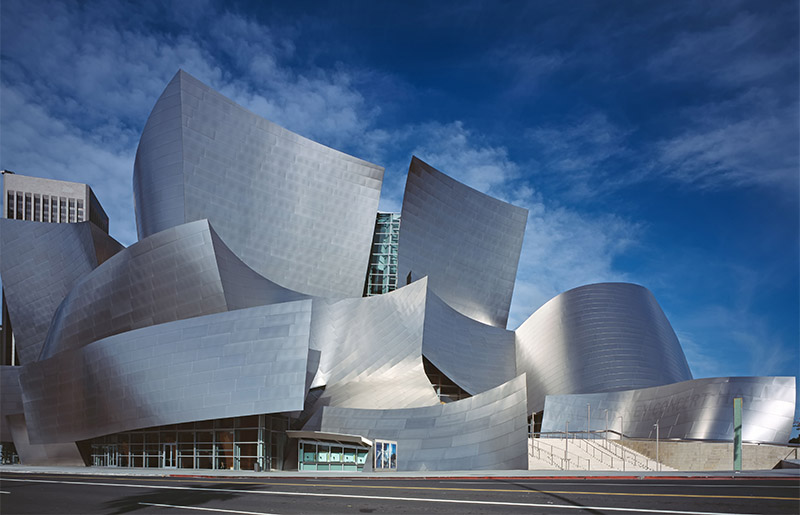Architecture has three basic values: function, structure, aesthetics. These three values interact in different qualities to form two categories of styles: Vernacular and High Style architecture.
Architectural defense from invasion is an issue that has united the community against hostile outside influences. Economics and trade are also addressed in market places and business spaces. For example, European cities were situated close together for increased social and economic interaction, as well as better safety. There is great similarity and identity in materials and style in the Vernacular of these communities.
| High Style architecture suits cultural needs of governance, and relies less on utilitarianism and more on aesthetics. It provides permanence and media for the elite, for the institutional, and flashy trends in culture. High style is commissioned by large organizations, and construction is often not a local effort. High quality materials are used without the community context in mind.
For example, the pyramids in Egypt are some of the most impressive structures ever made, but serve no utilitarian purpose. They are purely religious and political structures, built to display the power and religion of the pharaoh. |
 High Style Architecture High Style Architecture |
Religion and government have historically been a major influence in this style. Recently, museums and corporate needs have become major influences, and Western cultures try to make high style architecture the norm.
Speculative architecture, integrated architecture, and sustainable architecture are other styles than can fit within either Vernacular or High Style.
Speculative architecture is achieved by the developer for economic profit. These are often unsuccessful and shortsighted projects that get torn down in 50 years. Integrated architecture participatory design that involves the entire community in the design process. It responds to needs of people individually and collectively, as well as the environment. But it requires a well educated public. Sustainable architecture responds to all needs in a long term way, making it the most successful architecture.
Sustainable architecture sounds cool, but is it ever really sustainable? A living roof and a couple solar panels does not make a building sustainable. What about the heavy metals that go into the solar panels? The old grass roofs on traditional European buildings are much more honest. The Western fad is to fit sustainable architecture into high style, and it always comes across as gaudy.
| All positive aspects of both Vernacular and High styles may be incorporated into these sub-categories. Sound economic reasoning and the needs of the people will determine the style, with the consideration that the edifice should not impede on the aesthetics of the environment or on other positive environmental influences.
Modern architecture generally moves us to High Style. Our supposedly increased democracy should result in more Vernacular, one would think, but really the opposite is the case. |
All functions, from residential to governmental, are increasingly speculative and removed from local contexts. Non-functional needs take precedence and we are left with a hollow gesture toward upper class aesthetics. Like Heinrich Hübsch, we are left asking, “In which style should we build?”
© Benjamin Blankenbehler 2012
Based on writing for University of Idaho in 2005


